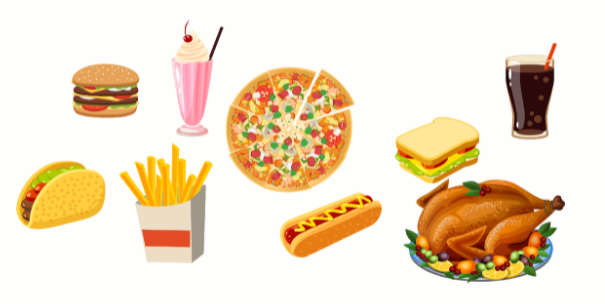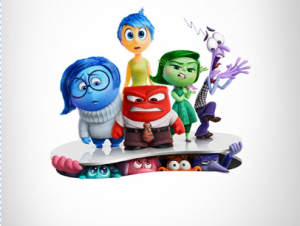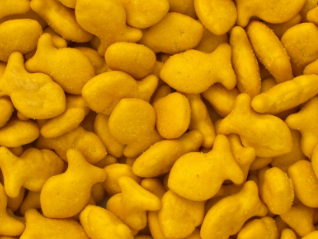Breaking Down Junk Food: What’s really in there?
May 11, 2021
Junk food has been the topic of discussion for a while now. It is easily available, convenient, needs little or no preparation, and is usually consumed on the go. Fast food is often the default choice. Some people swear against it while others eat it on a daily basis. So, what’s really going on here? It’s no question that companies are putting additives into their own products, but what are they? And why do they taste so good? Can this benefit or destroy your health? Let’s find out.
Some things to address are all the big name fast food, snacks, and candy companies out there such as McDonald’s, Takis/Cheetos, Trollis, Smarties, Burger King, and Airheads. Did you know that McDonald’s briefly immerses their food in hot water to remove excess natural sugars to remove colors for a tastier look? This means that this brand is purposely removing natural flavors from
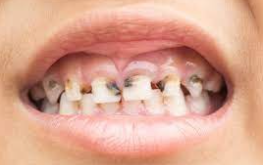
their fries. Most farmers will spray a chemical called glyphosate on their crops just to be able to harvest the crops two weeks earlier. Glyphosate is really bad for you, and they don’t have a valid reason to be spraying it on their crops because they will eventually be ready to harvest on their own. To the left, you can see a picture of a farmer spraying glyphosate on their crops.
Now that you know what’s in these delicious treats, let’s find out what harmful effects on your body they can have. Let’s start with candy. As is widely known, candy can cause tooth decay. Tooth decay takes a while to happen, but do you want your teeth to look like this? Probably not! The sweets will get stuck to the tooth and continue to wear down

the enamel. Candy can also lead to obesity, which has been a large problem for kids recently. What about chips and fast food? According to Christy Brissette, “…eating a poor quality diet high in junk food is linked to a higher risk of obesity, depression, digestive issues, heart disease and stroke, type 2 diabetes, cancer, and early death” (Brissette). This means that eating too much fast food is not the best idea for your health. In the end, a ten-piece Chicken McNugget or a Frosty from Wendy’s won’t kill you, but it depends on how much and how often you eat it.
Now that we’ve gotten down all the reasons you shouldn’t eat junk food, let’s dive into some alternatives. These ideas will give you something to snack on while not having to pay the price for your
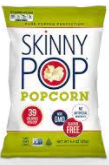 health. Let’s start with everyone’s movie theater fave, popcorn. Instead, try having a handful of lightly salted almonds, or baked seeds such as sunflower seeds and pumpkin seeds. However, not all popcorn is bad! Skinny Pop, for example, is still popcorn, but it is way healthier than regular popcorn because there are only three ingredients. There isn’t anything artificial in Skinny Pop, and it’s free of GMOs. Those ingredients are popcorn, sunflower oil, and salt. That’s it! A sweet treat you could substitute on a sunny day instead of ice cream is low-fat frozen yogurt. Instead of a milkshake or soda try a fruit smoothie. So not everything is bad, but there are always healthier options that still taste great. Clearly,
health. Let’s start with everyone’s movie theater fave, popcorn. Instead, try having a handful of lightly salted almonds, or baked seeds such as sunflower seeds and pumpkin seeds. However, not all popcorn is bad! Skinny Pop, for example, is still popcorn, but it is way healthier than regular popcorn because there are only three ingredients. There isn’t anything artificial in Skinny Pop, and it’s free of GMOs. Those ingredients are popcorn, sunflower oil, and salt. That’s it! A sweet treat you could substitute on a sunny day instead of ice cream is low-fat frozen yogurt. Instead of a milkshake or soda try a fruit smoothie. So not everything is bad, but there are always healthier options that still taste great. Clearly,
you can still snack, but in a healthier way.
In conclusion, junk food should be only eaten occasionally. You’ve heard all there is to hear about the value, effects, and substitutes. We hope you can use this information in your daily life and feel good about yourself and the way you eat.
Works Cited
Brissette, Christy. “Perspective | This Is Your Body on Fast Food.” The Washington Post, WP Company, 6 Mar. 2018, www.washingtonpost.com/lifestyle/wellness/sneaking-a-little-junk-food-doesnt-mean-all-is-lost/2018/02/26/828b75fa-1b36-11e8-9de1-147dd2df3829_story.html.
